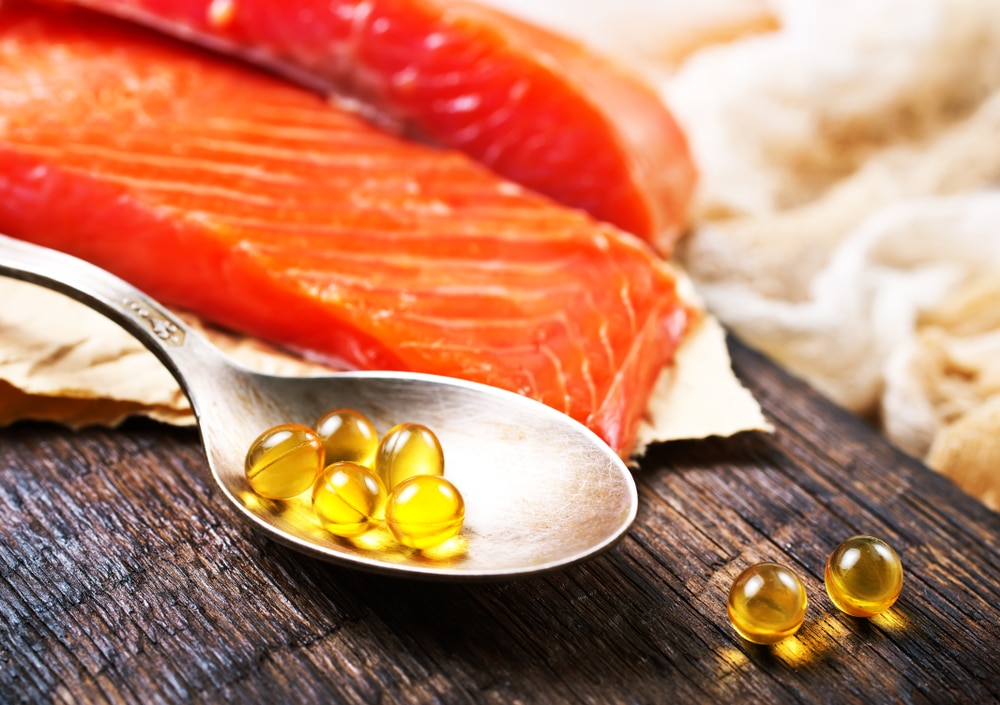William H. Masters and Virginia E. Johnson outlined a scientific model for the study of human sexual response in their 1966 book, Human Sexual Response. This model has been used by clinicians and researchers ever since to better understand how people experience sexual arousal and pleasure. The sexual response cycle has four distinct, phases which have been termed as excitement, plateau, orgasm, and resolution (1).
While this model offers a general overview of how sexual response works, it’s important to keep in mind that everyone is different. What feels pleasurable for one person might not feel good for someone else.
Each phase is important in its own way and contributes to the overall experience.
While all individuals experience these phases somewhat differently, there are some general trends that can be observed. For example, men generally reach orgasm sooner than women and women often require more time to move through the different phases. Additionally, not everyone experiences an orgasm during sexual activity.
Phase 1 – Excitement
The excitement phase is the beginning of the sexual response cycle. The body prepares for sexual activity by increasing blood flow to the genitals. In both men and women, this phase is associated with an increase in heart rate, blood pressure and respiration.
The body releases hormones such as testosterone and dopamine, which contribute to the feeling of excitement. This phase can last anywhere from a few seconds to several hours.
Phase 2 – Plateau
The plateau phase is the next stage in the sexual response cycle. This phase is marked by an increase in muscle tension and an increase in sexual tension. In women, the clitoris becomes engorged with blood and the vaginal walls become lubricated. The plateau phase lasts until orgasm is reached.
The skin may become flushed and the muscles may contract. This phase can last from a few minutes to an hour or more.
Read More: What Does Sexually Active Mean?
Phase 3 – Orgasm
The orgasm phase is the climax of the sexual response cycle. It is marked by muscle contractions in both men and women.
Orgasm is marked by muscle spasms and the release of sexual tension. It’s usually accompanied by feelings of pleasure and ecstasy. The orgasmic phase typically lasts for only a few seconds.
For men, this phase is typically accompanied by an ejaculatory orgasm, while women may experience powerful muscle contractions and heightened pleasure.
It’s important to note that not everyone experiences Phase 3 in exactly the same way. Some people may reach orgasm very quickly, while others may take a little longer to get there.
Some people find that they can extend Phase 3 by focusing on the sensations they are feeling and resisting the urge to rush to the end. Others use different techniques to enhance their pleasure, such as varying their speed, rhythm or pressure. Experimenting with different positions can also help you find new ways to experience pleasure during sex.
Phase 4 – Resolution
Resolution is the period of calm that follows orgasm. Resolution is marked by the return of muscle tension to its pre orgasm levels, and the body begins the process of returning to its baseline state.
This phase is marked by the gradual return of the body to its pre-orgasmic state. In men, the penis returns to its normal size and the testicles retract. In women, the clitoris and inner lips shrink back to their normal size, and the external lips return to their usual color. There is a gradual subsiding of sexual desire, and both partners may feel tired or sleepy.
This phase can last anywhere from minutes to hours, depending on the individual.
During resolution, the body releases oxytocin, which is sometimes called the “cuddle hormone.” Oxytocin is associated with feelings of happiness and well-being, and it may help people feel emotionally connected to their partner after sex. Some research suggests that oxytocin plays a role in bonding and attachment, and that it may help people stay together long-term.
When it comes to weight loss, progress is made by inches, not miles, so it’s much harder to track and a lot easier to give up. BetterMe app is your personal trainer, nutritionist and support system all in one. Start using our app to stay on track and hold yourself accountable!
The Non-Linear Sexual Response
Building on the Masters and Johnson model, Rosemary Basson proposed a new model for female sexual response in the early 2000s.
This process is called non-linear because it doesn’t follow a predictable or regular pattern. Rather, it ebbs and flows in response to the various stimuli involved. Also, it’s unlikely that partners go through each phase at the same time.
The non-linear model suggests that women experience desire, arousal, orgasm, and resolution, but that these stages are not always sequential or consistent. Rather, they can occur simultaneously or in any order. According to Basson, this variability is normal and should not be cause for concern (3).
This model has been embraced by many as a more accurate depiction of female sexual response than the Masters and Johnson model. It is seen as more inclusive of the range of experiences that women have, and it takes into account the social and emotional factors that can affect sexual response (2).
Read More: Sex On Period: Pros, Cons, And Tips
The non-linear sexual response model emphasizes the importance of intimacy and sexuality in a relationship.
It is based on the idea that sexuality is an important part of a healthy relationship. Couples need to be physically and emotionally close in order to maintain intimacy and a healthy relationship. The model also emphasizes the importance of communication, trust, and mutual respect in a relationship.
Here are some tips to help you improve your relationship using the principles of the non-linear sexual response model:
- Be physically and emotionally close to your partner – This can be done through touch, kissing, and sex.
- Communicate with your partner – Talk about your needs and desires, and be open to hearing what your partner has to say.
- Trust and respect your partner – This is essential for any relationship to thrive.
The Bottom Line
Both the Masters and Johnson, and Basson’s models offer a more complete view of human sexuality and should be considered when selecting an approach to sexual health education.
It is important to note that while the models are more comprehensive, they are not perfect. Everyone has unique sexuality, and these models cannot account for every possible variation. As such, it is important to be open to other perspectives and approaches, as well as to be willing to experiment and explore your own sexuality.
DISCLAIMER:
This article is intended for general informational purposes only and does not address individual circumstances. It is not a substitute for professional advice or help and should not be relied on to make decisions of any kind. Any action you take upon the information presented in this article is strictly at your own risk and responsibility!
SOURCES:
- An Overview of the Sexual Response Cycle (n.d., smsna.org)
- The evolution of the female sexual response concept: treatment implications (2013, nih.gov)
- Rethinking low sexual desire in women (2003, onlinelibrarywiley.com)













